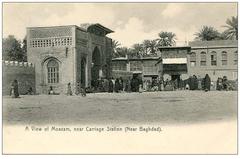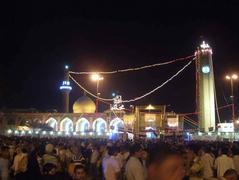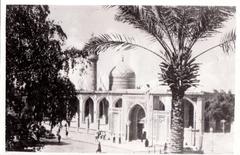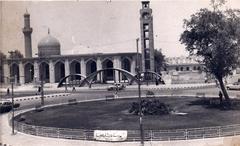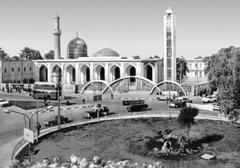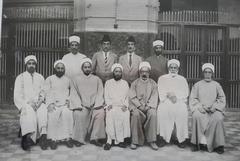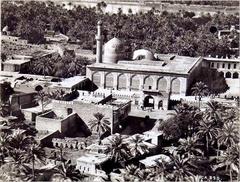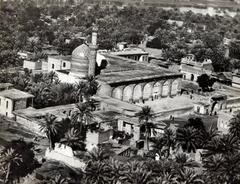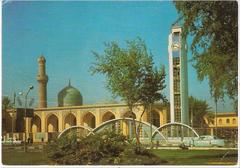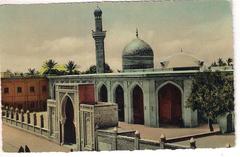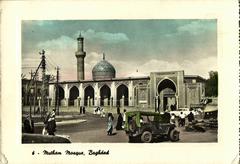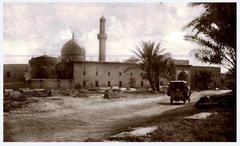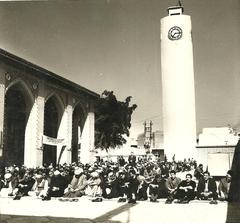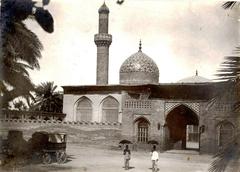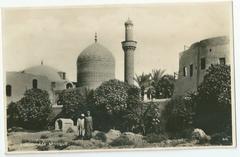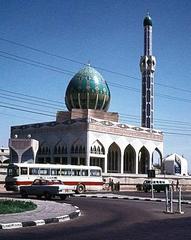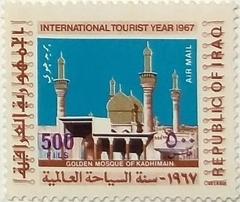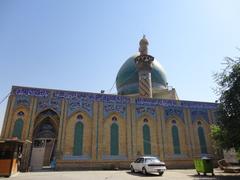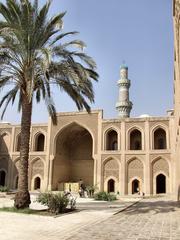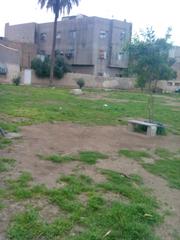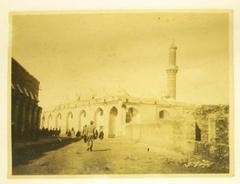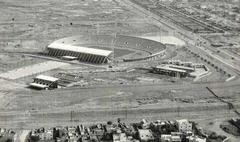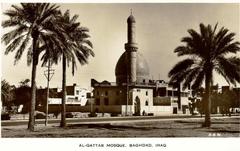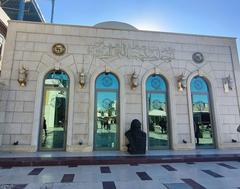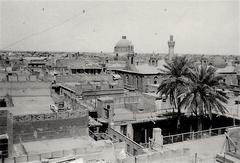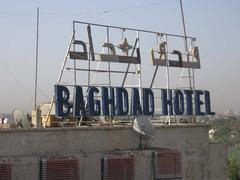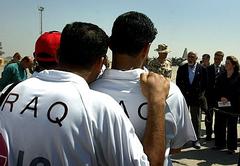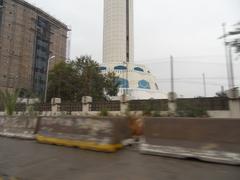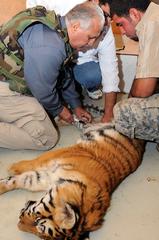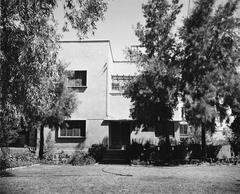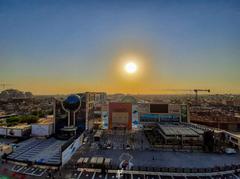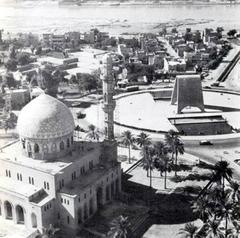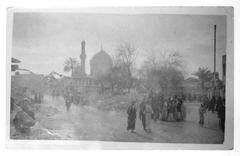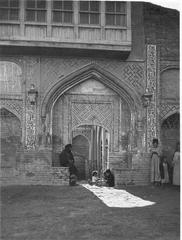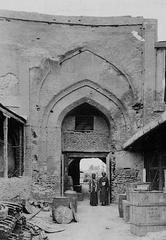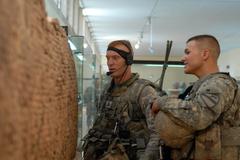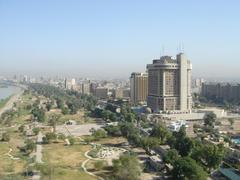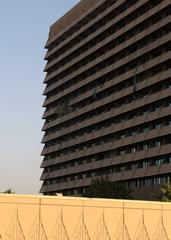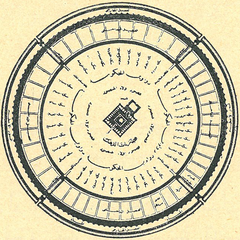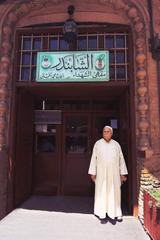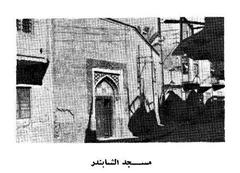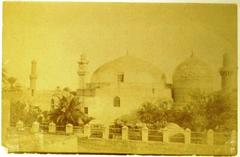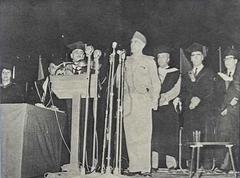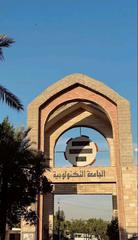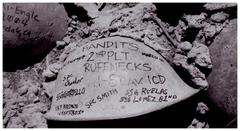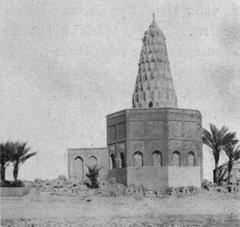
Abu Hanifa Mosque: Visiting Hours, Ticket Information, and Historical Significance in Baghdad
Date: 14/06/2025
Introduction
The Abu Hanifa Mosque, located in Baghdad’s historic A’dhamiyya district, stands as a cornerstone of Islamic heritage and a living testament to the city’s rich religious and cultural tapestry. Dedicated to Imam Abu Hanifa an-Nu’man (c. 699–767 CE), founder of the Hanafi school of Sunni Islamic jurisprudence, the mosque is both a spiritual sanctuary and a renowned center of Islamic scholarship. Pilgrims and visitors from around the world are drawn to its revered tomb, impressive architecture, and vibrant role in community life. This guide provides a detailed overview of the mosque’s history, architectural features, visiting hours, ticketing information, and practical travel advice for an enriching and respectful experience.
Authoritative resources for further context include Britannica, Oxford Islamic Studies, Al Jazeera, Archnet, Iraqi News Agency, UNESCO, and the Iraqi Ministry of Culture.
Table of Contents
- Historical Background
- Architectural Features
- Cultural and Religious Significance
- Visiting Hours, Tickets, and Access
- Visitor Etiquette and Practical Tips
- Festivals, Events, and Community Life
- Nearby Attractions
- Frequently Asked Questions (FAQ)
- Conclusion and Further Resources
- References
Historical Background
Early Origins and the Legacy of Abu Hanifa
Imam Abu Hanifa an-Nu’man, a preeminent jurist and theologian, shaped Sunni Islamic jurisprudence through the establishment of the Hanafi madhhab, the most widely followed Sunni legal school. Following his death in 767 CE, his burial site in al-Khayzuran Cemetery became a locus for religious devotion and scholarship. The immense turnout at his funeral, including the Abbasid Caliph al-Mansur, underscored his significance in the Islamic world (Britannica).
Development Through Islamic Dynasties
The mosque’s earliest structure emerged during the Buwayhid period (985–986 CE), ordered by Samsam al-Dawla. Under the Seljuk Grand Vizier Abu Saad al-Khwarizmi in 1066 CE, the mosque was expanded with a shrine crowned by a white dome and the adjacent Great Imam School, the first dedicated Hanafi madrasa in Baghdad. This era solidified the mosque’s reputation as a center for religious learning and pilgrimage (Oxford Islamic Studies).
The Safavid invasion of 1508 led to the destruction of the mosque and its school due to sectarian conflict. Restoration followed under Ottoman rule in 1534, when Sultan Suleiman the Magnificent rebuilt the mosque, adding a minaret, a fortified square, and revitalizing the surrounding area with shops and markets. Sultan Murad IV further embellished the mosque, expanding its gates and enriching the dome with gold and silver decorations (Archnet).
Modern Era: Restoration and Preservation
The 18th and 19th centuries witnessed continued restoration, including dome and minaret reconstructions by the Ottoman authorities and the addition of a tunic from Al-Masjid an-Nabawi in 1839. The mosque suffered significant damage during the 2003 Iraq War but was quickly restored through local and governmental efforts. It remains resilient amid ongoing challenges, symbolizing both the endurance of Baghdad’s heritage and the commitment to cultural preservation (UNESCO).
Architectural Features
The Abu Hanifa Mosque complex spans approximately 10,000 square meters and accommodates up to 5,000 worshippers. Its architecture reflects layers of Buwayhid, Seljuk, Ottoman, and modern influences:
- Domes and Minarets: The central dome, adorned with turquoise tiles and intricate calligraphy, is flanked by two elegant minarets.
- Prayer Hall: A spacious, chandelier-lit area embellished with geometric patterns and Quranic inscriptions.
- Tomb Chamber: Housing the wooden zarih over Imam Abu Hanifa’s grave, this is the spiritual heart of the mosque.
- Courtyards and Gardens: Tranquil spaces for reflection, featuring shaded walkways and historic gardens.
- Madrasa Facilities: Once hosting a library and classrooms, underscoring the mosque’s educational role.
Preservation and restoration projects continue to balance historical integrity with the needs of worshippers and visitors (Iraqi Ministry of Culture).
Cultural and Religious Significance
The mosque is a seminal site for Sunni Muslims, revered for its association with Imam Abu Hanifa and as a major center for Hanafi jurisprudence. It also serves as a symbol of Baghdad’s enduring legacy as a hub of Islamic learning and culture, drawing scholars and pilgrims from across the Muslim world (Al Jazeera). The mosque fosters interfaith and inter-sectarian dialogue and is active in charitable outreach, especially during religious festivals (UNESCO).
Visiting Hours, Tickets, and Access
- Opening Hours: The mosque is generally open daily from 7:00 AM to 7:00 PM, aligning with prayer times. During Ramadan and festivals, hours may be extended; check ahead during Islamic holidays.
- Entry Fee: Admission is free for all, regardless of faith. Donations are appreciated but not mandatory.
- Guided Tours: Available via mosque administration or reputable local tour operators; English-speaking guides can be arranged on request.
- Accessibility: Main prayer halls and courtyards are wheelchair-accessible, though some older sections may present challenges. Notify staff in advance if assistance is needed.
- Location: Situated in the Adhamiyah district, the mosque is most easily reached by taxi or private car; public transport is limited. Parking is available but may be crowded during peak times.
Visitor Etiquette and Practical Tips
- Dress Code: Modest clothing is mandatory. Men should wear trousers and sleeves; women should cover their arms, legs, and hair with a scarf.
- Shoes: Remove before entering prayer halls.
- Behavior: Maintain a respectful demeanor, keep voices low, and avoid interrupting prayers.
- Photography: Allowed in exterior and courtyard areas; always seek permission before photographing people or the tomb chamber.
- Timing: Visit outside peak prayer times for a quieter experience. Fridays and religious holidays are busiest.
Festivals, Events, and Community Life
- Annual Urs: Thousands gather for the commemoration of Imam Abu Hanifa’s death, marked by prayers, lectures, and charitable events.
- Ramadan: Special nightly Taraweeh prayers and community iftars.
- Eid Celebrations: Large congregational prayers and family activities.
- Lectures and Classes: Regular educational sessions and interfaith initiatives.
These events offer visitors insight into Baghdad’s vibrant religious and cultural traditions (Iraqi News Agency).
Nearby Attractions
Enhance your visit by exploring other historical and cultural sites in Baghdad:
- National Museum of Iraq: Home to ancient Mesopotamian artifacts.
- Al-Kadhimayn Shrine: Another significant religious complex.
- Al Mutanabbi Street: Renowned for its book markets and literary cafés.
- Traditional Markets and Eateries: Experience authentic Iraqi cuisine and hospitality in the Adhamiyah district.
Frequently Asked Questions (FAQ)
Q: What are the Abu Hanifa Mosque visiting hours?
A: Typically open 7:00 AM to 7:00 PM daily; check for variations during Islamic holidays.
Q: Is there an entry fee?
A: No, entrance is free.
Q: Can non-Muslims visit?
A: Yes, non-Muslims are welcome outside congregational prayer times and if they adhere to dress and etiquette guidelines.
Q: Are guided tours available in English?
A: Yes, upon request through local operators or the mosque office.
Q: Is the mosque accessible for those with disabilities?
A: Main areas are accessible; some historic sections may not be.
Q: Is photography permitted?
A: Yes, in exterior areas with permission; avoid photography during prayers or in the tomb chamber without explicit consent.
Conclusion and Further Resources
The Abu Hanifa Mosque stands as a beacon of spiritual devotion, scholarship, and cultural pride in Baghdad. Its layered history, architectural grandeur, and vibrant community life make it a must-visit for anyone interested in Islamic heritage. Respectful conduct, appropriate dress, and engagement with local guides will enrich your visit. For ongoing updates, guided tours, and travel insights, download the Audiala app and follow our social media channels.
For more detailed information, refer to the authoritative sources listed below.
